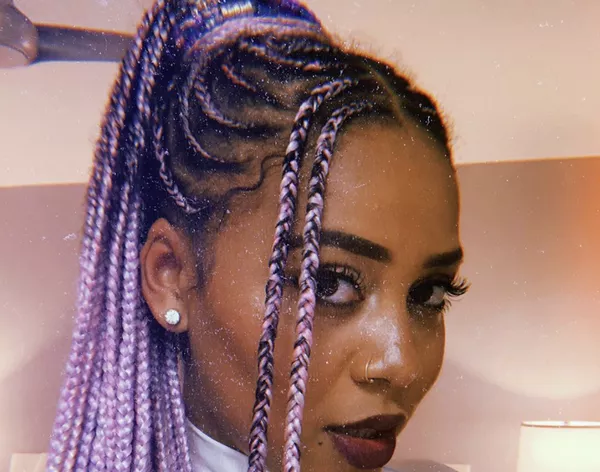Hair dye is a popular choice for many people looking to change their hair color or cover up grays. However, while it can be a transformative and confidence-boosting option, it may not be suitable for everyone. Certain individuals should exercise caution and consider potential risks before reaching for that hair dye box. In this article, we’ll explore who should be mindful of using hair dye and the factors to consider before taking the plunge.
1. Allergic Reactions: Sensitivity to Hair Dye
One of the primary reasons individuals should be cautious with hair dye is the potential for allergic reactions. Some people may have a sensitivity to the chemicals found in hair dyes, particularly those containing paraphenylenediamine (PPD). Allergic reactions can manifest as scalp irritation, redness, itching, or even hives. In severe cases, an allergic reaction can lead to swelling and difficulty breathing. Prior to using hair dye, it’s essential to perform a patch test to identify any adverse reactions and avoid any unnecessary risks.
2. Damaged Hair: A Cautionary Tale
If your hair is already damaged, over-processed, or weakened due to excessive heat styling or chemical treatments, using hair dye may exacerbate the problem. The chemicals in hair dye can further strip the hair of its natural moisture and contribute to breakage and split ends. Individuals with severely damaged hair should prioritize hair repair and nourishment before considering hair dye to prevent further harm.
3. Pregnant or Breastfeeding: Safety Concerns
Pregnant and breastfeeding individuals should approach hair dye with caution. While research on the effects of hair dye on pregnancy is limited, some studies suggest potential risks. The chemicals in hair dye can be absorbed through the skin and may find their way into the bloodstream. Although the risk is considered low, many experts advise avoiding hair dye during the first trimester when the fetus is most vulnerable. Consultation with a healthcare professional is recommended before using hair dye during pregnancy or while breastfeeding.
4. Scalp Conditions: Heed Warning Signs
Individuals with pre-existing scalp conditions, such as psoriasis, eczema, or dermatitis, should be cautious with hair dye. The chemicals in hair dye can exacerbate these conditions and lead to increased discomfort and irritation. In some cases, hair dye may even cause flare-ups, leading to more severe scalp issues. If you have a history of scalp problems, consult with a dermatologist before using hair dye to ensure it is safe for your particular condition.
5. Underlying Medical Conditions: A Consideration
People with certain medical conditions, such as allergies, asthma, or a history of chemical sensitivities, should approach hair dye with caution. The chemicals in hair dye can trigger respiratory issues or allergic reactions in susceptible individuals. It’s essential to discuss the use of hair dye with a healthcare provider if you have any underlying medical conditions that may put you at risk.
6. Young Children: A Matter of Safety
Hair dye should not be used on young children, especially those under the age of 16. Children’s scalps are more sensitive than adults, and their developing bodies may be more susceptible to the chemicals in hair dye. Additionally, children may be more likely to touch their hair and inadvertently transfer the dye to their skin, leading to potential skin irritation. It’s best to wait until a child is older and their body is more mature before considering the use of hair dye.
Conclusion
While hair dye can be a fantastic way to change your look and boost your confidence, it is essential to exercise caution before using it. Individuals with allergies or sensitivity to hair dye, damaged hair, pregnant or breastfeeding, pre-existing scalp conditions, underlying medical conditions, or young children should be especially mindful of the potential risks. Always perform a patch test before using hair dye and consult with a healthcare professional if you have any concerns or doubts. By taking these precautions, you can enjoy the transformative benefits of hair dye while prioritizing your health and safety.

